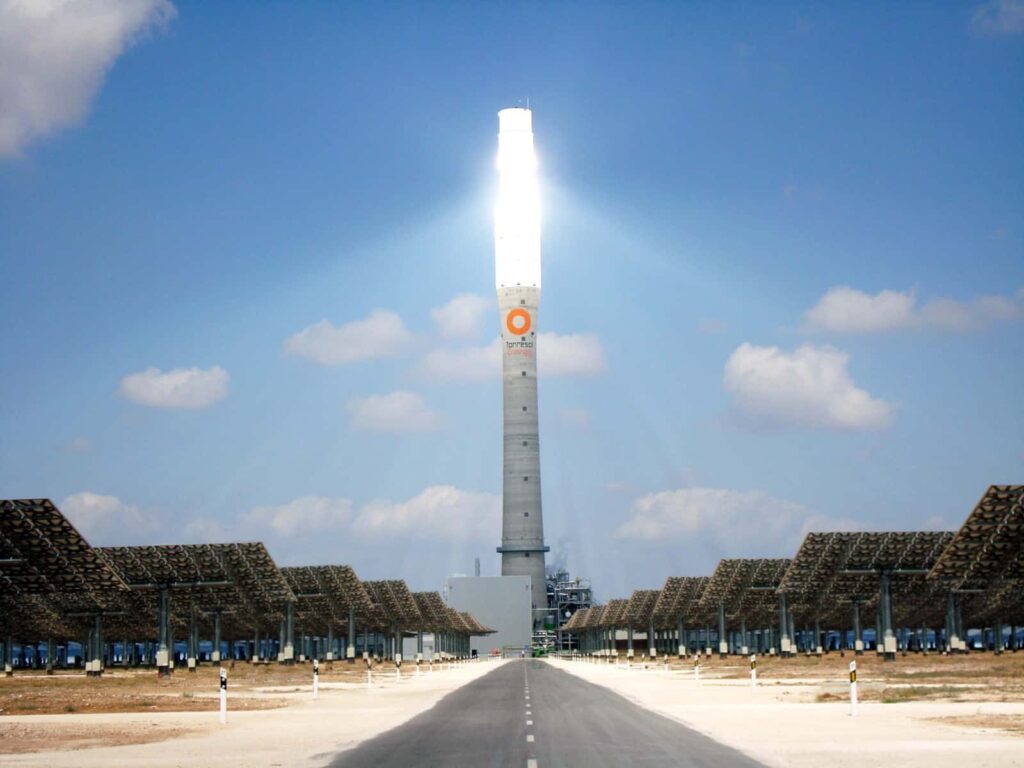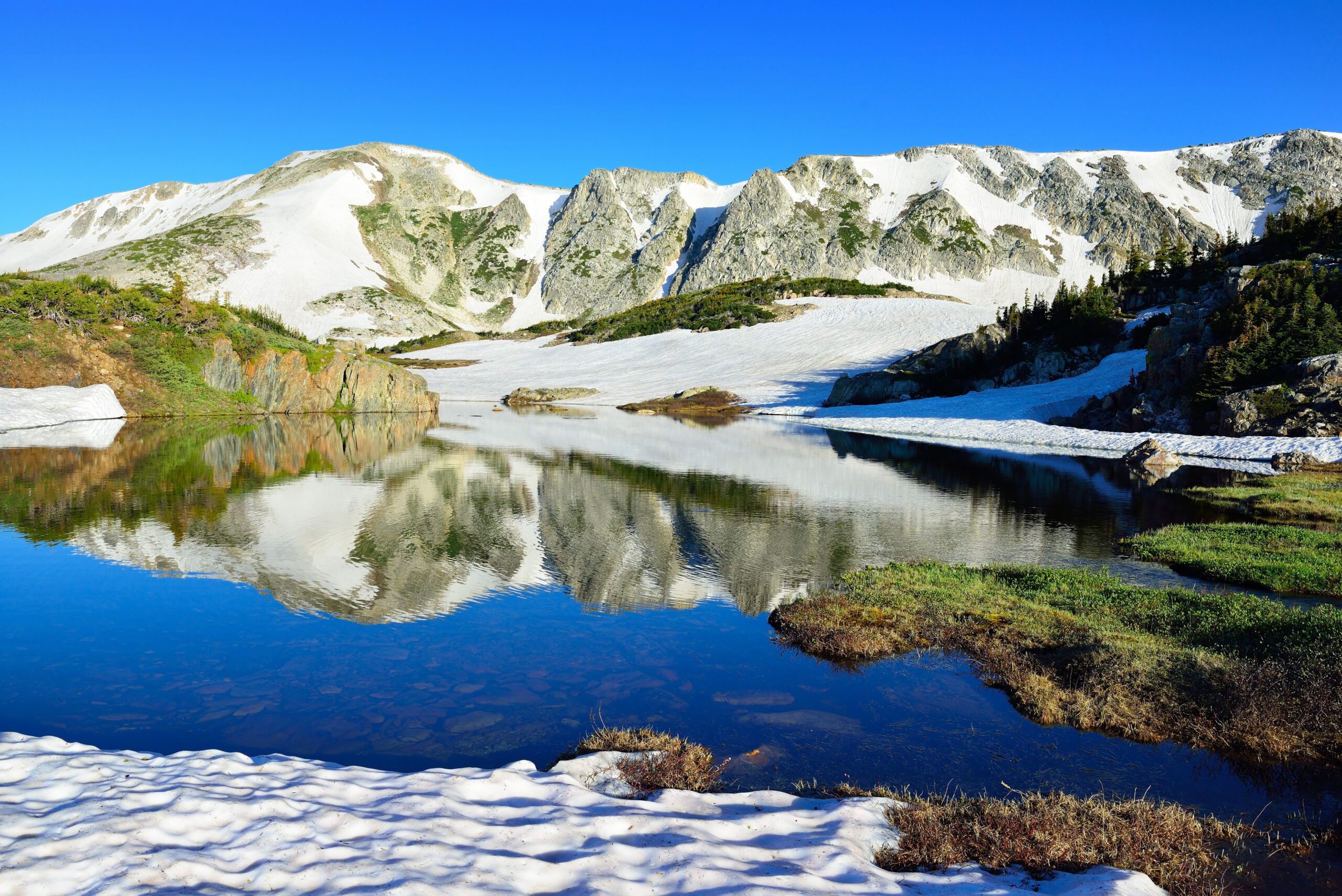Water and Renewables

Renewable electricity technologies such as wind turbines and solar photovoltaic (PV) panels do not use heat to make electricity, so they do not need cooling water. They need small volumes of water for manufacturing components at the factory where the turbine parts are fabricated or the semiconductor fabrication facility where the solar panels are printed, and they also use water for cleaning equipment in the field. Other than that, the water needs are minimal. However, heat-based forms of renewable power, such as concentrating solar power (CSP), which uses mirrors to focus solar energy onto a central location to boil water; enhanced geothermal systems that use Earth’s heat; and biomass-powered plants that burn wood chips use water for cooling. The regions that provide the best solar insolation for CSP are typically dry and hot—such as southern Spain and the U.S. Desert Southwest—and have little water available for cooling. Some facilities use dry-cooling technology but not without efficiency losses, particularly on hot days. Nonetheless, some solar companies have committed to dry-cooling systems to avoid the political, geographic, and environmental barriers posed by citizen concerns over water issues. These new systems demonstrate the feasibility of dry-cooling technology for large-scale systems and might be indicators of a new trend in electricity.

Geothermal power plants utilize naturally occurring heat below ground to create steam and generate electricity. Locations near volcanic activity, such as Iceland and the Mountain West of the United States provide enough heat to create steam, but the deep, dry, hot rock does not hold enough water to drive steam-powered turbines. Enhanced geothermal systems exploit the hot, dry rock by injecting large volumes of water deep into fractured rock from an external water supply at the surface. The injected water absorbs the geothermal heat and powers the steam cycle after returning to the surface. These systems form a closed loop, as facilities inject the same water back underground. However, because of lower operating temperatures and losses during the trip to and from the surface, geothermal systems need more water than nuclear or solar thermal power plants.

Electricity generation from burning biomass like wood pellets or trash requires the use of cooling water in amounts similar to that used in coal- and nuclear-fueled thermoelectric facilities because the power generation process is very similar. Beyond the water needed to cool the power plant, water is also needed to grow the fuel.
Image Credits: Greg Glatzmaier/NREL at Gemasolar Plant owned by Torresol Energy; N.Minton/Shuttertock.com.


